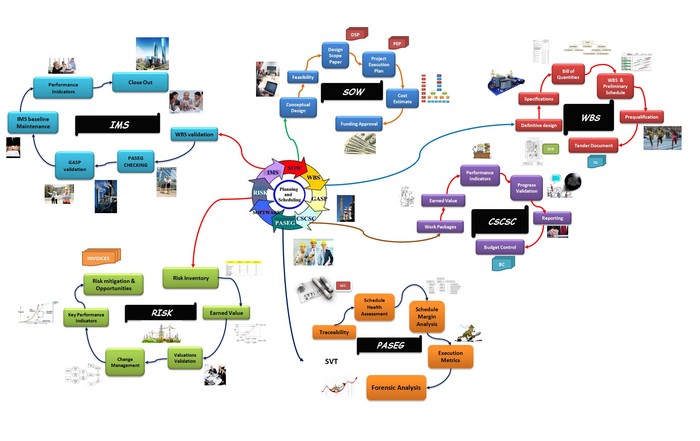| WHAT IS OPM3? OPM3 is an acronym for the Organizational Project Management Maturity Model - a standard developed under the stewardship of the Project Management Institute. The purpose of this standard is to provide a way for organizations to understand organizational project management and to measure their maturity against a comprehensive and broad-based set of organizational project management Best Practices. OPM3 also helps organizations whishing to increase their organizational project management maturity to plan implementation for improvement. WHAT KIND OF COMMITMENT IS REQUIRED TO LAUNCH OPM3 IN MY ORGANZATION? The process of applying OPM3 in an organization is complex, but relatively easy to run. It depends on factors such as the size, complexity, and initial maturity of the organization. The thoroughness of the assessment, the nature of the organization's strategic objectives, and the level of resources available also impact any preliminary estimate. However, the assessment prompting of such an initiative is most likely to take from several days to several weeks. Should an organization decide to embark upon improvement, the planning and implementation steps are likely to take longer, depending on how many Best Practices and related capabilities an organization decides to work on at one time. WHAT ARE THE PRIMARY PHYSICAL PARTS OF THE STANDARD? OPM3 has three parts: - A narrative text presenting the OPM3 basic concepts.
- A self-Assessment, providing a tool in support of the assessment step outlined in OPM3.
- Directories, containing data on nearly 600 organizational project management Best Practices and their constituent capabilities.
HOW DOES OPM3 WORKS? There are three basic elements to applying OPM3 in an organization: Knowledge OPM3 is the first iteration of a body of knowledge on the subject of organizational project management and a subset of the larger project Management Body of Knowledge (PMBOK). Because this standards will form the basis of an organization's maturity assessment, familiarity with the contents of the standard is essential. Assessment In Assessment, the organization uses assessment tools to determine areas of strength and weakness in relation to the body of best practices. The OPM3 Self-Assessment - and interactive tool provided on the OPM3 - is an example of such a tool. This assessment process will help the organization decide which Best Practices or groups of Best Practices to investigate further, either to confirm competency in an area or to identify constituent Capabilities of one or more Best Practices that need further attention. OPM3 outlines how to conduct this detailed investigation in the most helpful way for the organization, through the use of the Directories. Depending on the outcome of the Assessment, an organization may choose to continue with a more in-depth investigation, proceed to plan for improvements, or exit the process. If the choice is to exit the process, the organization should consider revisiting the Assessment step at some point in the future. Improvement For many users, the results of the Assessment will inculde a list of capabilities not yet fully developed in the organization. OPM3 provides guidance in placing these capabilities in order of importance, and this sequence forms the basis for any subsequent plans for improvement. The actual process o implementing improvements in an organization, which may involve organizational development, change management, restructuring, retaining, and other initiatives, is beyond the scope of this standard. USE THE FOLLOWING INTERNET LINK TO DOWNLOAD A COMPLETE BOOK ON OPM3: https://app.box.com/s/i2jk16c4g997by2uygdh

|


